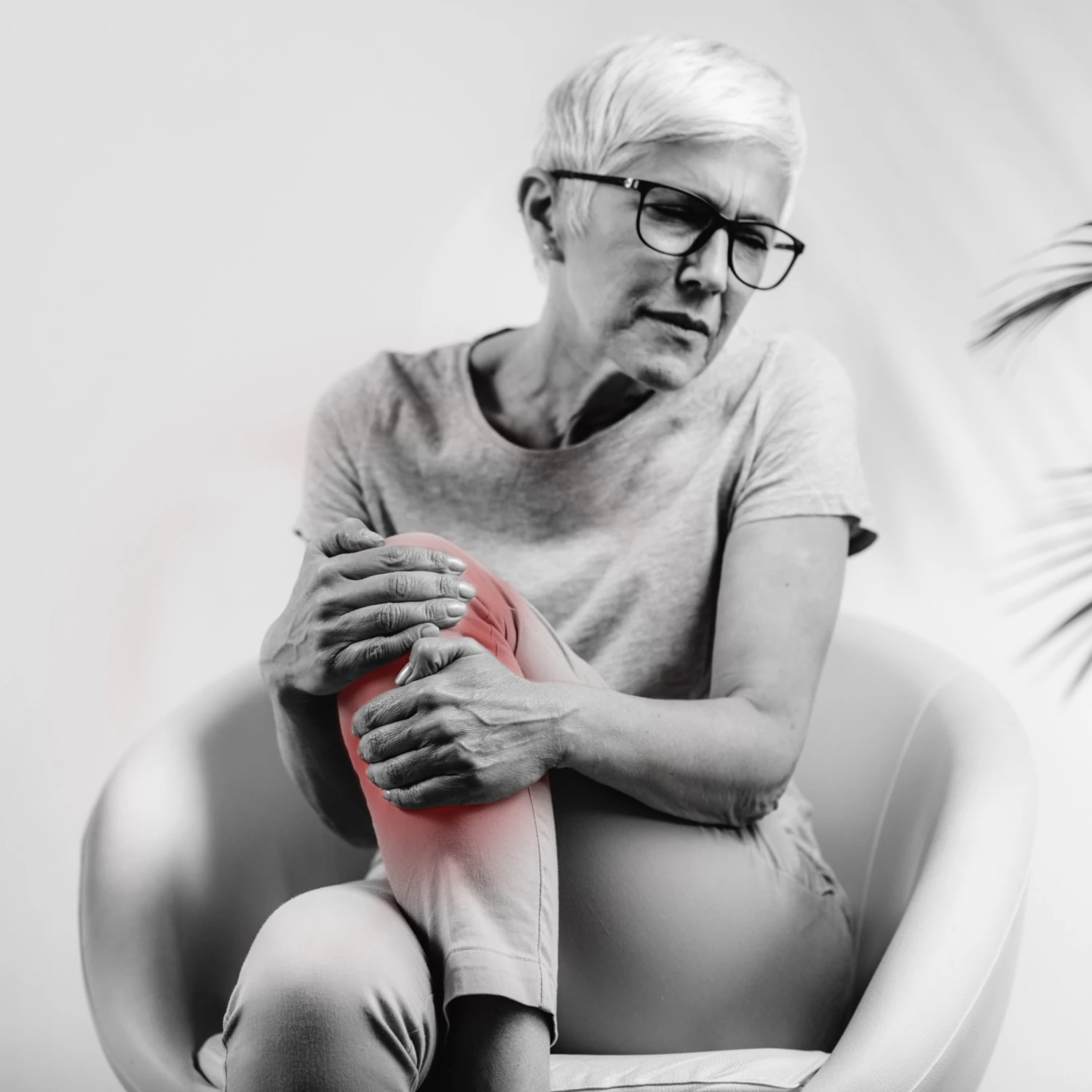What Causes Claudication and How it Relates to PAD
Claudication, a condition characterized by leg pain or cramping during physical activity, is often a symptom of Peripheral Artery Disease (PAD). PAD is caused by the narrowing or blockage of arteries in the legs due to a buildup of plaque. This restricts blood flow to the muscles, leading to pain and discomfort.
When individuals with PAD exercise, their muscles require more oxygen-rich blood. However, due to the narrowed arteries, sufficient blood flow cannot reach the muscles, resulting in pain known as claudication. This symptom serves as an important indicator for healthcare providers when diagnosing PAD. By recognizing the signs and symptoms associated with blocked arteries in the legs, individuals can seek timely medical intervention and adopt lifestyle changes.
Treatment Options for Claudication and Managing PAD
Treatment for claudication focuses on managing symptoms and improving blood flow in the legs. Lifestyle changes such as regular exercise, a healthy diet, and smoking cessation can significantly help in managing PAD symptoms. Medications like antiplatelet agents and cholesterol-lowering drugs are often prescribed to reduce the risk of complications.
In more severe cases, procedures like angioplasty or bypass surgery may be recommended to improve blood flow to the affected limbs. These interventions aim to alleviate pain, increase mobility, and prevent further progression of peripheral artery disease.
It is essential for individuals with claudication to work closely with their healthcare providers to develop a comprehensive treatment plan that addresses their specific needs and improves their vascular health. Early diagnosis and proactive management can help individuals lead a healthier and more active lifestyle despite having PAD.
Reduce the Risk of PAD and Claudication Symptoms
One of the key approaches is to focus on lifestyle modifications that promote vascular health. Adopt healthy lifestyle choices such as maintaining a balanced diet, engaging in regular physical activity, and avoiding smoking. These habits not only help in managing weight and blood pressure but also contribute to overall cardiovascular health. Reducing the risk factors associated with claudication involves managing conditions like diabetes, high cholesterol, and hypertension. Regular monitoring of these conditions along with medication adherence can significantly lower the chances of developing symptomatic PAD.
How We Can Help You Manage Claudication and PAD Effectively

When you visit Zenith Vascular & Fibroid Center, you can expect specialized care tailored to managing claudication and Peripheral Artery Disease (PAD) effectively. Our services for PAD patients are designed to provide comprehensive support and treatment options.
Our PAD specialists, Dr. Jacqueline Majors and Dr. Phillip Zeni, are dedicated to helping you improve your quality of life by addressing the symptoms of claudication and PAD. From diagnostic tests to personalized treatment plans, we offer a range of services to meet your specific needs. Let us help you take control of your health and well-being with our specialized services for PAD patients.

